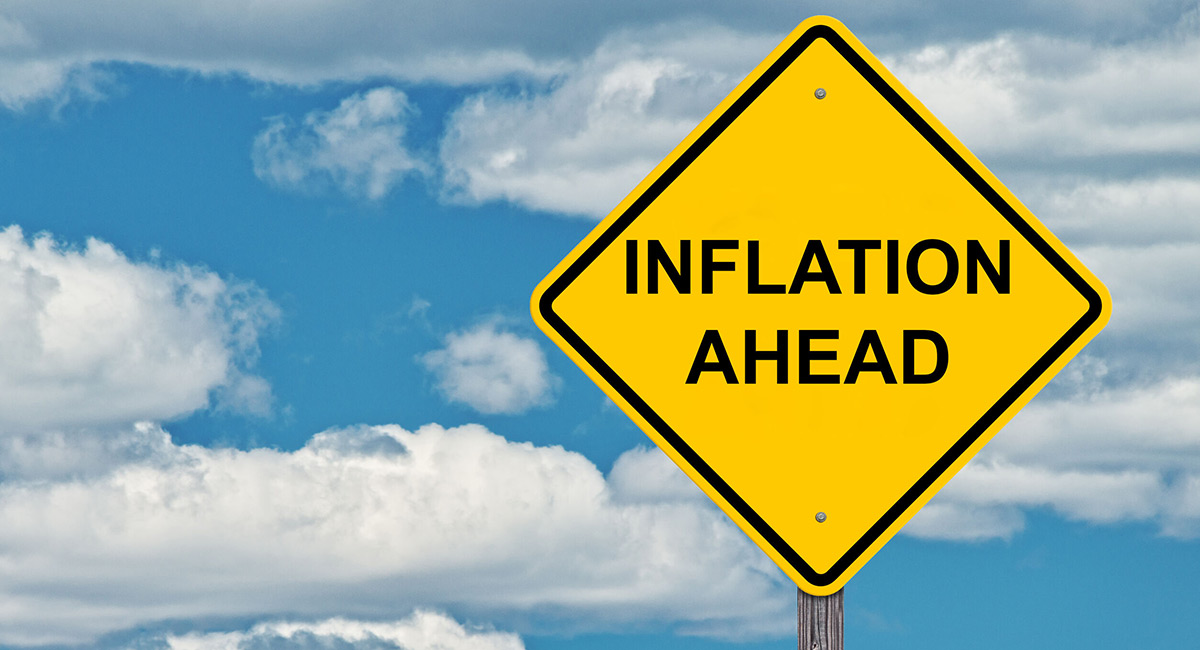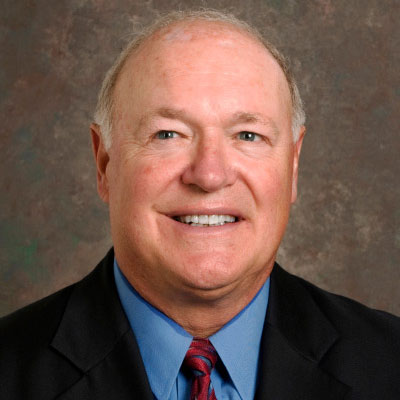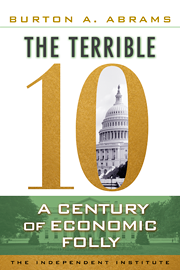Fifty years ago, President Richard Nixon’s administration began a futile attempt to fight inflation. The specifics surrounding its efforts are being eerily repeated today. Consumers and policymakers should be concerned.
Secretly recorded Nixon tapes from 1971 to 1973 provide unique insights into how the president pressured Federal Reserve Chairman Arthur Burns into conducting the monetary policy the president desired. Secret recordings aren’t needed to know what Jerome Powell, today’s Fed chairman, has in mind. His views are quite public.
Why focus on monetary policy? Monetary policy, the Fed’s manipulation of interest rates and money supply, remains the single most important factor affecting sustained inflation. We know this from both theory and history.
In the past 100 years, aside from the World War II decade, the 1970s (with President Nixon serving from 1969-1974, President Gerald Ford serving from 1974-1977, and President Jimmy Carter serving from 1977-1980) top the inflation list and had the most expansionary monetary policy. Powell and President Joe Biden (elected to the U.S. Senate in 1972, just before the biggest inflation spikes began) are poised to outdo the 1970s.
Inflation was a big problem for Nixon and his successors, averaging 6% from 1969 to 1974, when Nixon was in the White House, and 7.09% from 1970 to 1979. In July of this year, it hit 5.4% "for the second straight month, a 20-year high," according to MarketWatch, up from 1.4% in January.
Nixon chose (and Powell is choosing) to boost employment at the expense of combating inflation. Nixon justified his actions politically: “I’ve never seen anybody beaten on inflation in the United States. I’ve seen many people beaten on unemployment.” Powell wants to focus on unemployment first and handle inflation if it lingers. In Senate testimony on July 14, he said , “Conditions in the labor market have continued to improve, but there is still a long way to go.”
Nixon pushed and Powell is pushing for expansionary monetary policies despite the inflation by keeping interest rates low and the money supply growing robustly. Regarding money supply, Nixon exhorted Burns just to “goose it.” Powell, since becoming Fed chairman in 2018, has been goosing it.
In the 12 months ending July 31, one common measure of the money supply increased 12.11% , more than 50% higher than the long-term average of 7.11%. Powell has indicated the Fed will continue to goose it by keeping short-term interest rates near zero and by continuing to purchase $80 billion in Treasury bonds and $40 billion in mortgage-backed securities each month. As Powell said on July 16, “These measures, along with our strong guidance on interest rates and on our balance sheet [buying financial assets], will ensure that monetary policy will continue to deliver powerful support to the economy until the recovery is complete.”
Unfortunately, history tells us that waiting until the recovery is complete will allow the inflation horse to escape a long way from the price-stability barn.
Nixon goosed monetary policy for far too long, and Powell risks doing the same. We see nobody in the Biden administration pushing back, nor are they likely to do so.
On Feb. 5, 1973, in a recorded conversation, Treasury Secretary George Shultz told Nixon that monetary growth had been too high and that Burns was “conscious of this.” Shultz went on to say that Burns had held off on tightening monetary policy until after the November 1972 election, but now wanted to do so. Nixon was adamant that Burns not raise interest rates.
Powell, with inflation heating up in July, thinks we still have a long way to go to full employment. His monetary policy will proceed full steam ahead.
Both the Nixon administration and Powell blamed inflation on a host of sectoral or one-time factors: meat shortages, oil price increases, chip shortages, regulations, and other such factors. Powell asserts that his inflation is transitory, caused by supply-chain bottlenecks and short-run readjustments, and that inflation measures are distorted by price declines in the early months of the pandemic.
We’ve heard these excuses before. Both Nixon’s economists and those running the show in Washington today assured their bosses that the inflation surge would be temporary and thereafter settle down. Powell, like Nixon, does not attribute his inflation to excessively easy monetary policies.
Nixon tried to fight his inflation with wage and price controls. Ford, his successor, gave out WIN buttons (for Whip Inflation Now). Carter wallowed in our “malaise.”
Those earlier leaders all failed miserably. How will Powell fight his inflation once the recovery is complete? Plans are vague, although we are assured that the Fed has the tools. Old tools have been shown to cause recessions. New tools are untested. On top of that, the Biden administration is on an undisciplined spending spree, adding fuel to the flames. Odds look good for a decade of inflation.










